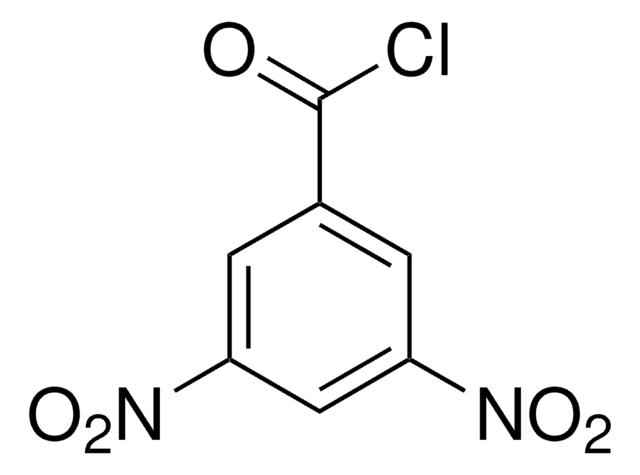About This Item
20 mmHg ( 25 °C)
Recommended Products
grade
ACS reagent
vapor density
2.72 (vs air)
vapor pressure
10 mmHg ( 13.2 °C)
20 mmHg ( 25 °C)
Assay
≥99.0%
form
liquid
autoignition temp.
899 °F
expl. lim.
12.4 %
dilution
(for analytical testing)
impurities
≤0.002% NH3
0.1% water
evapn. residue
≤0.002%
refractive index
n20/D 1.509 (lit.)
pH
8.5 (25 °C, 15.82 g/L)
bp
115 °C (lit.)
mp
−42 °C (lit.)
solubility
water: soluble
density
0.978 g/mL at 25 °C (lit.)
anion traces
chloride (Cl-): ≤0.001%
sulfate (SO42-): ≤0.001%
cation traces
Cu: ≤5 ppm
SMILES string
C1=CN=CC=C1
InChI
1S/C5H5N/c1-2-4-6-5-3-1/h1-5H
InChI key
JUJWROOIHBZHMG-UHFFFAOYSA-N
Looking for similar products? Visit Product Comparison Guide
General description
Application
- complexes with cobalt(II) halides
- pyridine-d 5, a deuterated form of pyridine
- ionic liquid matrices (ILMs)
Signal Word
Danger
Hazard Statements
Precautionary Statements
Hazard Classifications
Acute Tox. 4 Dermal - Acute Tox. 4 Inhalation - Acute Tox. 4 Oral - Eye Irrit. 2 - Flam. Liq. 2 - Skin Irrit. 2
Storage Class Code
3 - Flammable liquids
WGK
WGK 2
Flash Point(F)
68.0 °F - closed cup
Flash Point(C)
20 °C - closed cup
Choose from one of the most recent versions:
Already Own This Product?
Find documentation for the products that you have recently purchased in the Document Library.
Customers Also Viewed
Our team of scientists has experience in all areas of research including Life Science, Material Science, Chemical Synthesis, Chromatography, Analytical and many others.
Contact Technical Service




